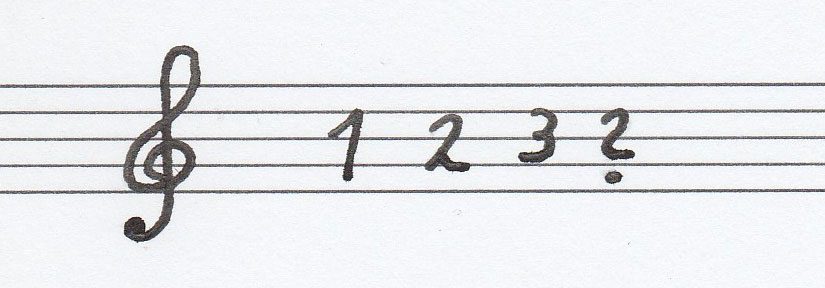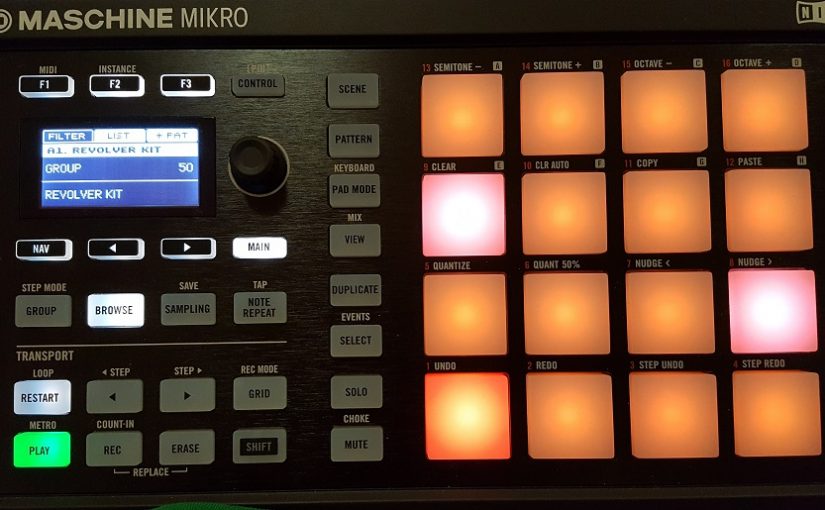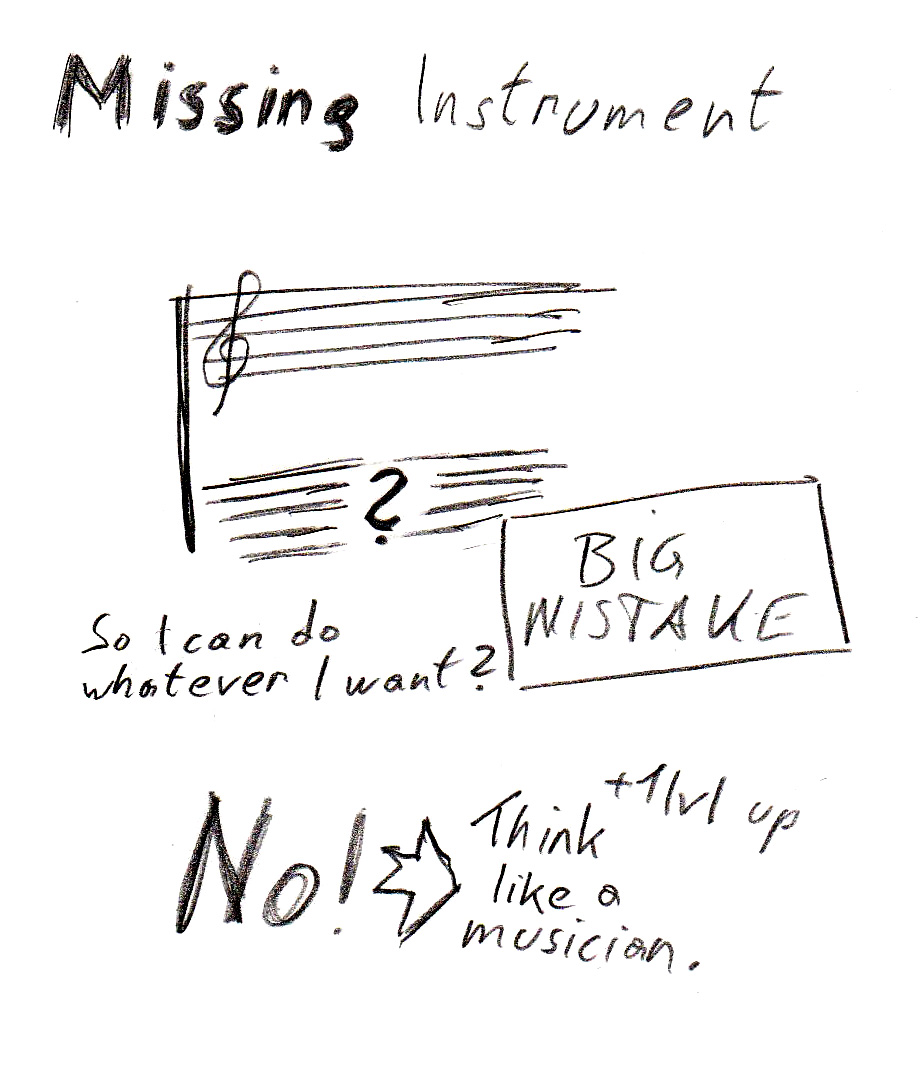One question that comes up frequently in beginner classes or even some intermediate classes is: “why do we have to count the music?”.
The answer is very simple. Counting is THE way to navigate inside music. All western music that is based on notes (and this is at least 99% of the music that we use to dance) is created on a numeric system. Musicians give numbers to bars and notes. These act like a gps or a map. So everybody can play the music together.
For us dancers, it is the easiest way to communicate the relation between our moves and the music. And while you can learn a part of a city or a piece of music by heart, as soon as you move to new territory counting will come in handy.
If you only dance solo for yourself, then you can skip counting because you can work with your intuition, but as soon as you want to dance together with others you need to count. When you want to learn or teach choreography you must be able to count. When you want to talk to musicians, you must be able to count to get somewhere fast. If you want to make dance your job, you must be able to count.
It’s not hard. We will cover the basics soon. Don’t wing it.



